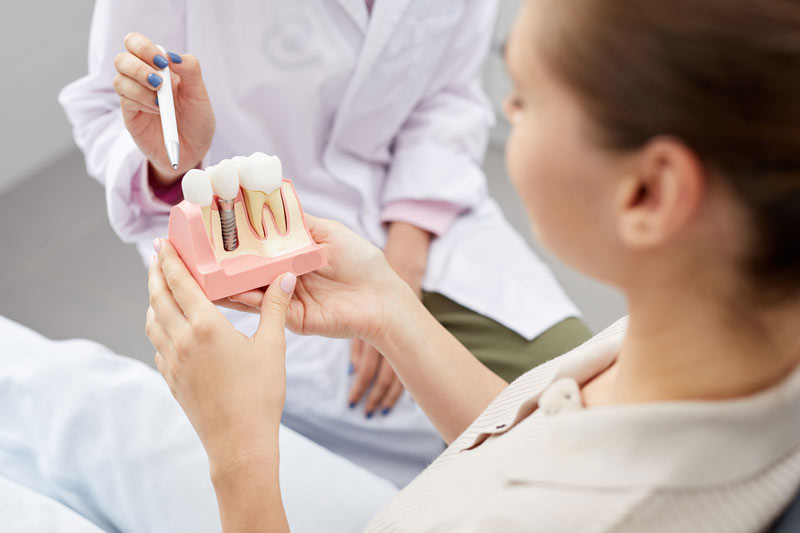At At Teeth & More, we ensure that the chance of failure is minimised with the use of best practiced techniques and high tech equipment to discover the ends of the roots, ensuring the filling reaches the entire length of the root canal. We have also put in specially designed fibre optic lights that the dental professional could use with their magnifying surgical loupes, for a much clearer and magnified vision of the extremely small root canal openings.
We then isolate the tooth usually with a rubber dam to ensure that the field is kept as sterile as possible and new bacteria contamination of the tooth by saliva is avoided. Maintaining a moisture-free, sterile environment when performing a root canal treatment is important as this prevents any bacteria in the mouth from entering the canals.
We anaesthetize the tooth fully to assure the procedure is performed comfortably.
Then we isolate the tooth usually with a rubber dam to ensure that the sector is kept as sterile as it can be and new bacteria contamination of the tooth by saliva is avoided. Maintaining a moisture free, sterile environment when conducting a root canal treatment is significant as this puts a stop to any bacteria in the mouth from entering the canals.
We use advanced flexible titanium Protaper files to be certain that the canals are shaped efficiently. We only use our files once, so as to minimise the possibility of fracture and minimize the chance of cross infection. We use modern day electronic apex locators to ascertain the length of canals accurately and to lessen the number of radiographs and so radiographic dosage. We thoroughly clean the canals with powerful disinfectants similar to sodium hypochlorite occasionally iodine to get rid of any remaining bacteria in the canals.
Additionally we use highly rated, costly and modern equipment when placing the filling material, sometimes - the hot shot and hot tip from smart endodontics.
The HotShot is a cordless backfill obturation device that fills the canals. The thin and flexible needles provide comfortable access to even very thin canals, ensuring fuller obturation lowering the risk of re-infection.
The HotTip is a cordless warm vertical compaction device, and is supplied in a variety of sizesto hold different sized canals.
Utilisation of this equipment reduces chair time for the patient and allows the dentist to carry the treatment effortlessly and easily. You may experience some post-operative pain which often settles down with pain medication.
















